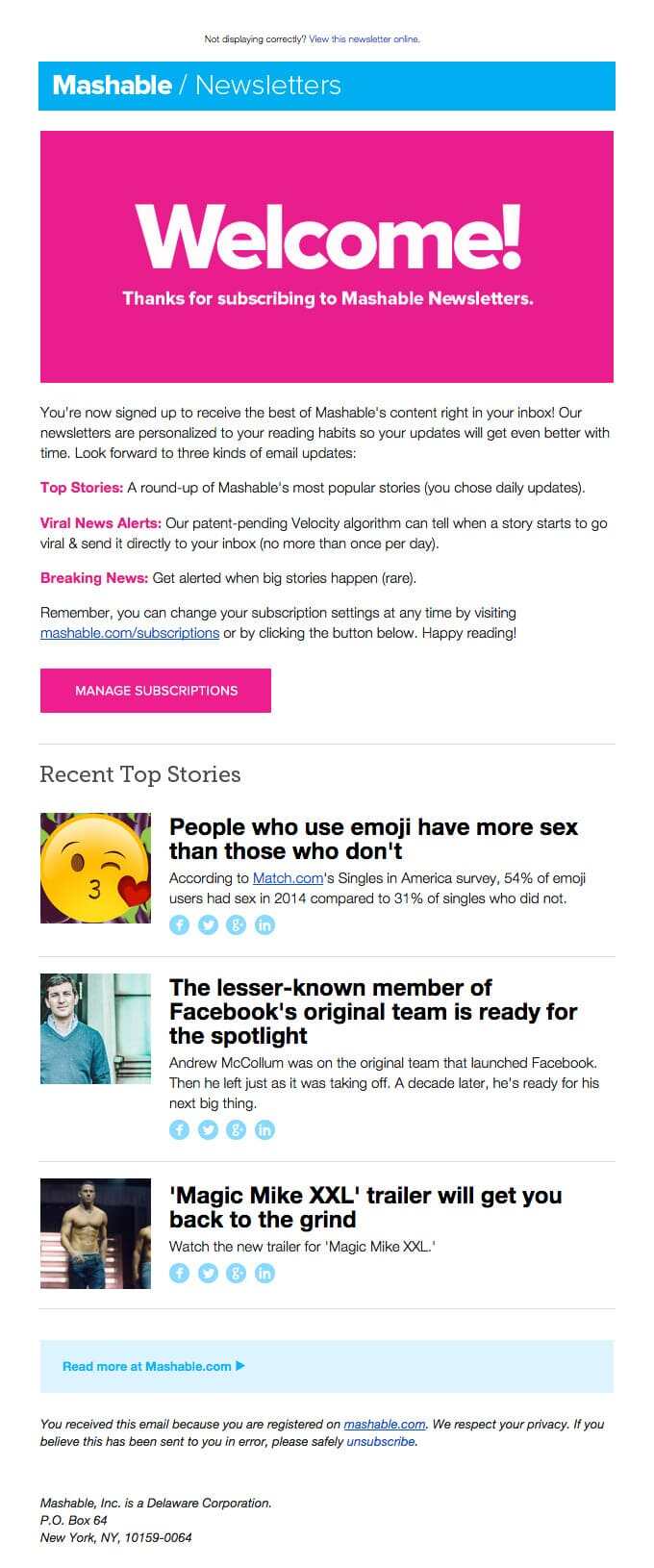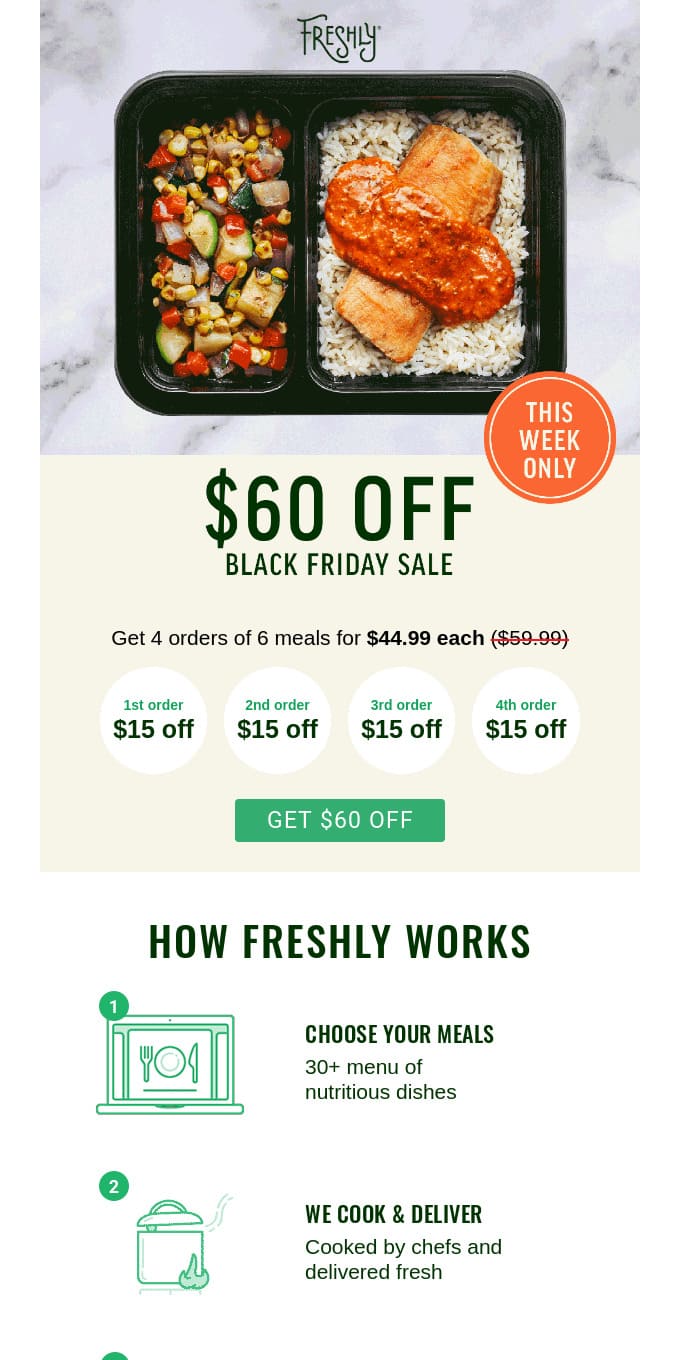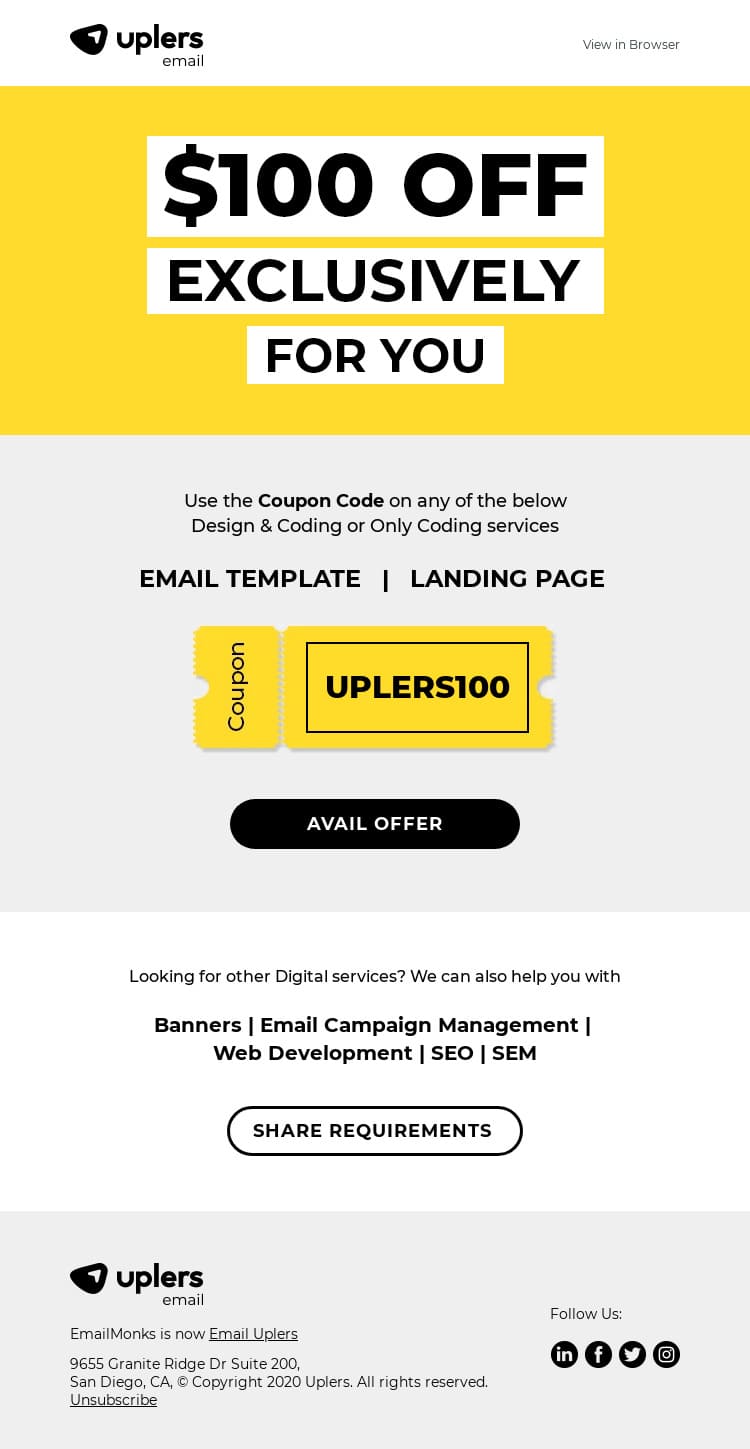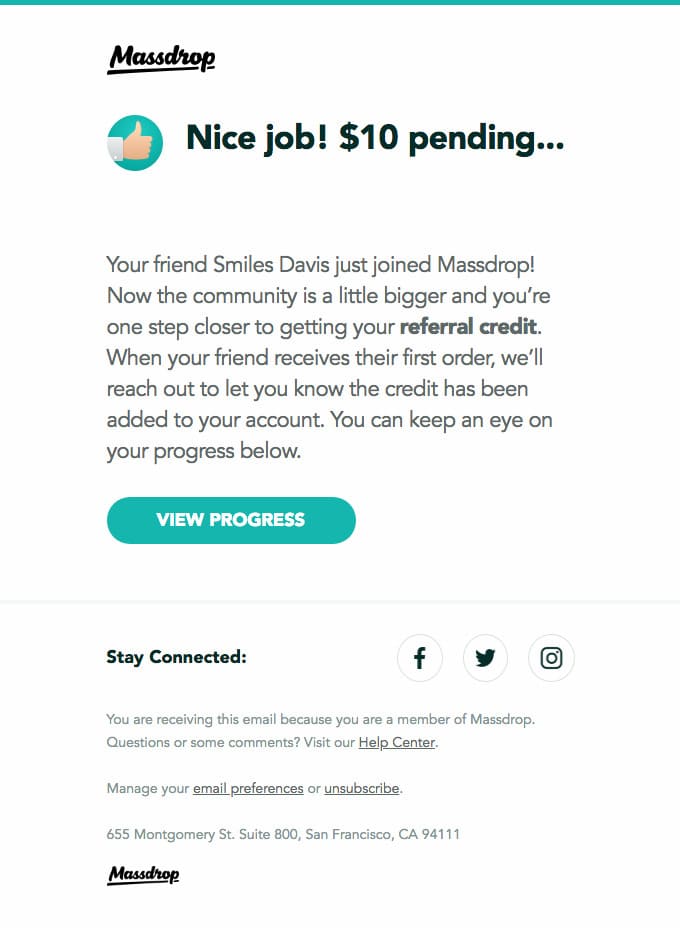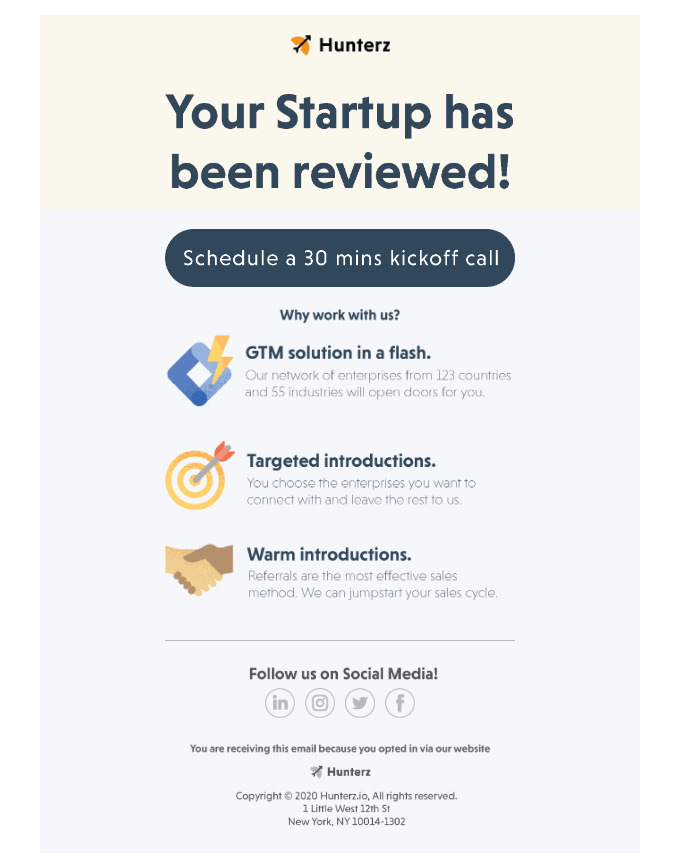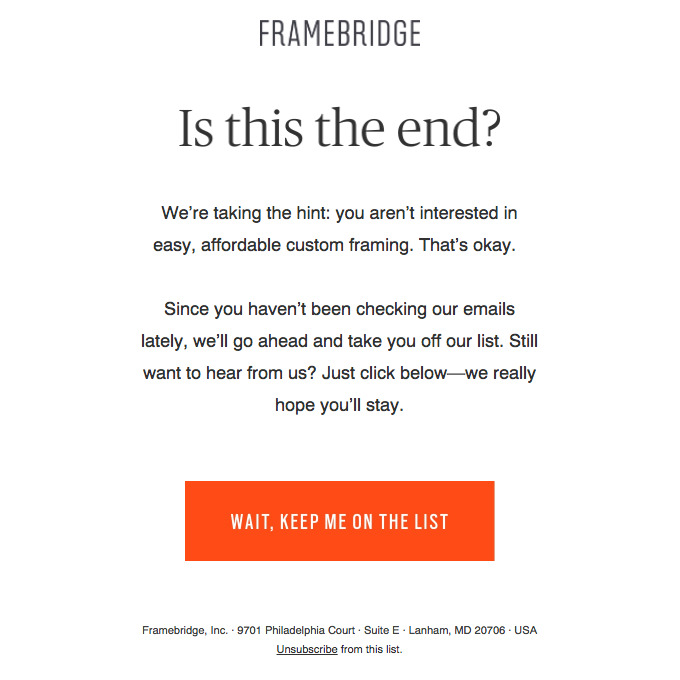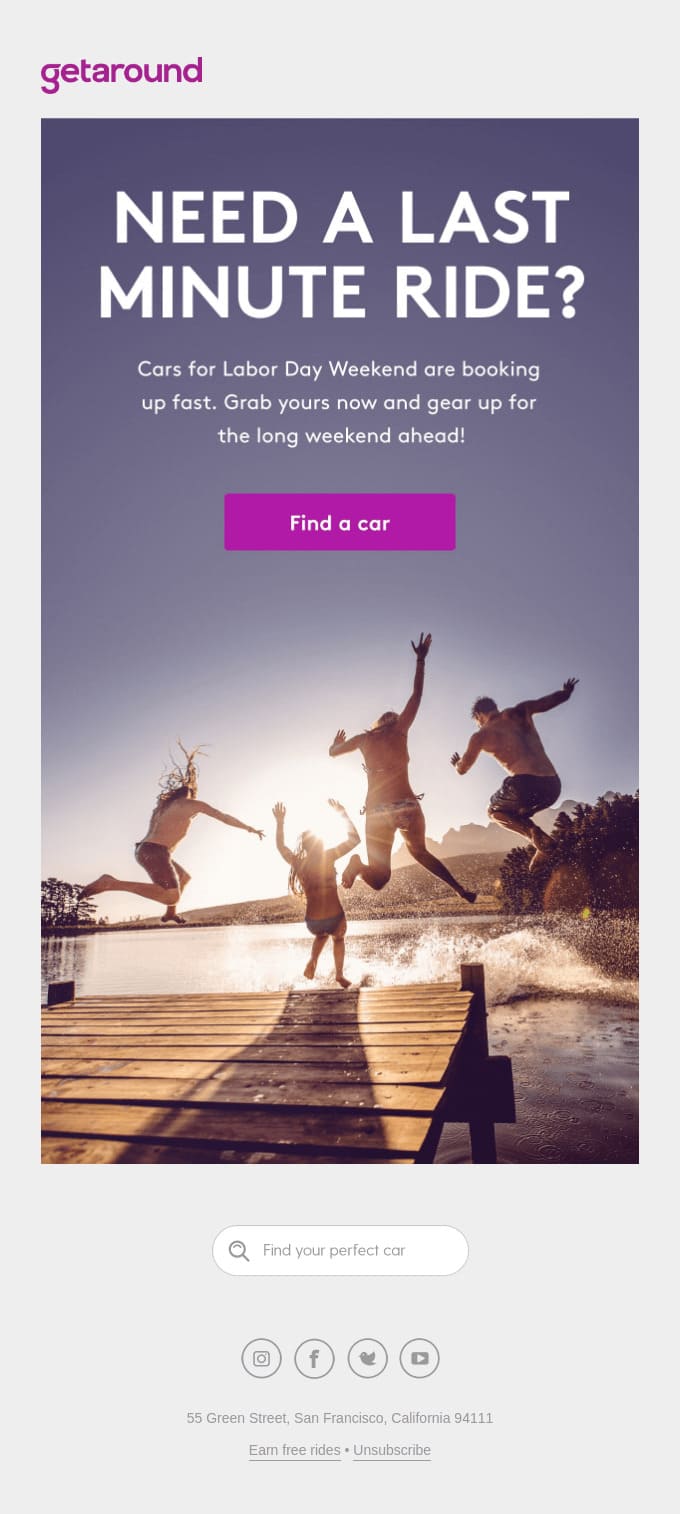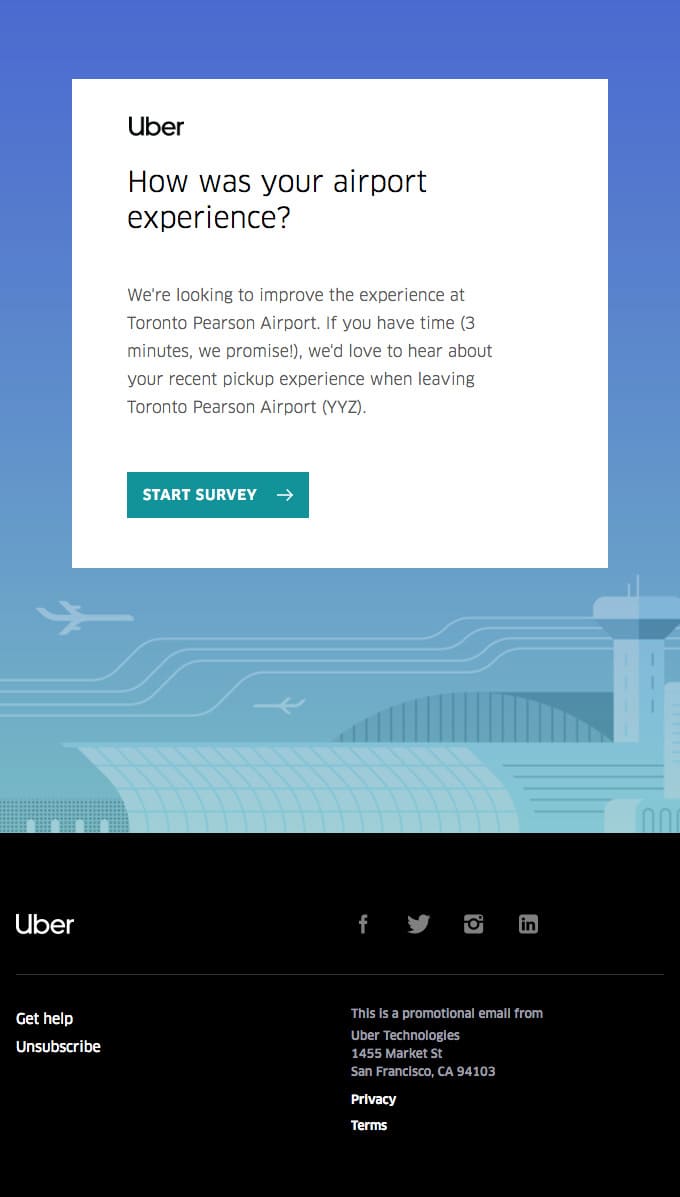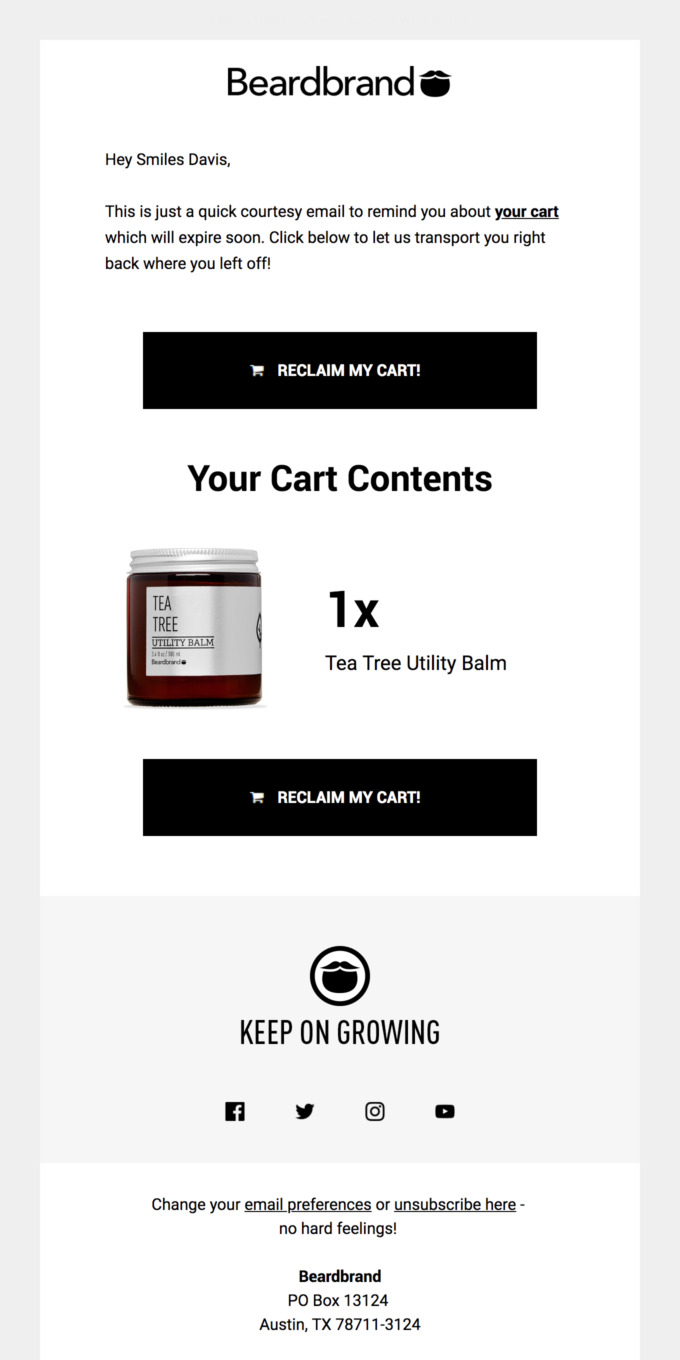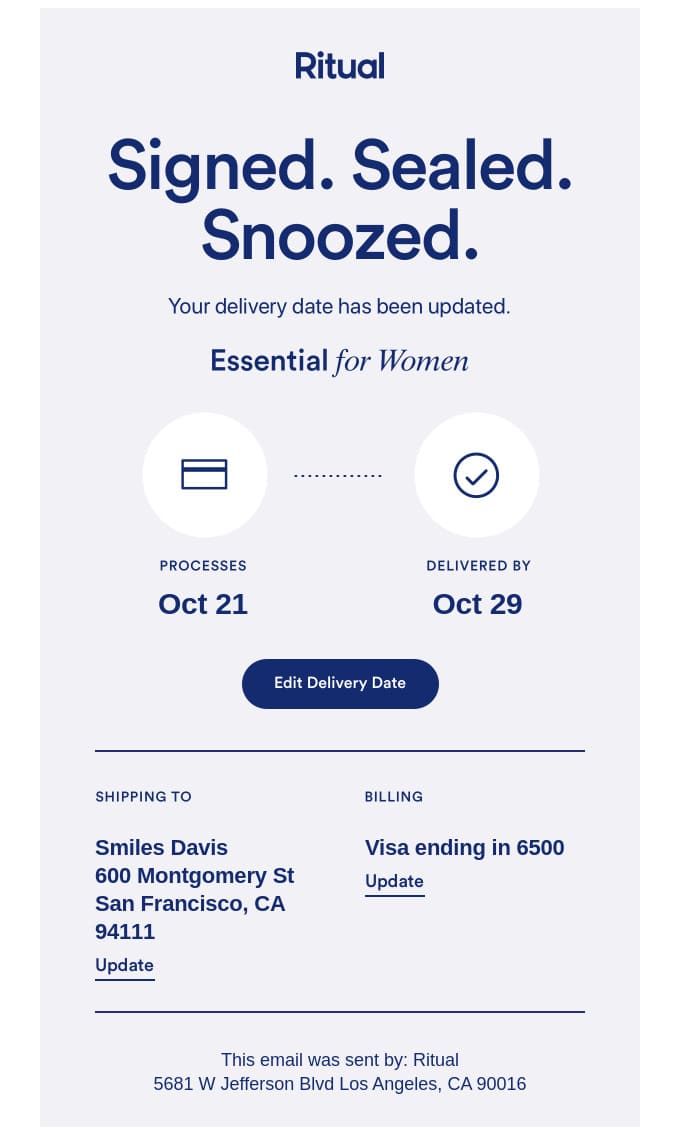What is Email Marketing?
Email marketing is a form of direct marketing that involves promoting your products via email. It’s one of the most popular marketing channels, given there are over 4 billion active email users worldwide. Such a massive user base implies that there's an ample opportunity for marketers in the email sphere.
On the surface, email marketing implies sending promotional messages via email, but that isn’t all. Effective email marketing is about building strong relationships with your customers, the type that’ll make your customer anticipate every new email from you.
There are many opportunities to apply email marketing, and they include:
Sending Welcome Messages to New Subscribers
A welcome email is what you send to show appreciation to new subscribers for signing up with your brand. It presents a great opportunity to introduce the recipient to your brand and let them know what to expect from you.
Newsletters
You can send regular emails to keep customers in the loop about your brand. You may include customer reviews, testimonials, and interesting insights about your business in such emails. This type of email helps you build a loyal following.
Freebies
You can occasionally send emails including freebies like discounts or vouchers to tempt customers to purchase an item from you. No one likes to pass up on a good deal, so give them one.
Getting Started
You can’t send emails if you have no subscriber list to send them to. Sending them to random addresses constitutes spam and can harm your business. Hence, the first thing to work on when it comes to email marketing is building a subscriber list.
The most common way to build up an email list is to embed a subscription form on your website where visitors can add their emails. However, this strategy doesn’t always work. To compel people to sign up for your subscriber list, you’ll need what’s called a lead magnet. You’ll also need to carry out email segmentation to create more targeted and effective campaigns.
Lead Magnet
A lead magnet is a freebie you give in exchange for a person adding their email to your subscriber list. It could be a discount or a small purchase voucher for your store, but that may be too expensive to implement at scale. However, you can also include things you create for a low cost like an e-book or audio and video files. Just ensure you have something useful to offer
A fitting lead magnet.
Email Segmentation
Building an email list isn’t enough. You need to segment your list so that you can market properly. Segmentation implies separating your subscribers according to different categories so that you can send more targeted messages. Each category is called a “segment”, and different types of segments may include:
- Location,
- Interests,
- New subscribers,
- Age,
- Inactivity,
- Shopping history.
Always use only data that you obtained with customers’ consent.
Growing Your Email List
A stagnant subscriber list hinders your email marketing efforts. You should take some important steps to grow your email list:
1. Create Valuable Content
Create and deliver email messages that are entertaining and informative. It should be something that the recipient always looks forward to. This way, they can suggest your brand to their social circles, and you’ll eventually gain more subscribers.
2. Encourage Referrals
You can encourage your subscribers to refer your emails to their social circles in exchange for freebies like discounts. Include social sharing buttons in your emails, so that the recipient can share them easily. Also, include a "Subscribe" call-to-action button so that anyone who gets your emails via forwards can also opt-in.
3. Create a Free Tool that Requires Subscribing to Use
You can create a useful tool that solves problems for your customers but require them to subscribe to your email list to use it. For example, if you’re a cybersecurity software vendor, you can create a tool that lets users scan their email addresses against a database of breached email addresses to see if they fell victim to any data leak.
4. Promote Online Contests
You can use your social media accounts or websites to host giveaways that require subscribing to your email list to enter. This is another creative way of using freebies to lure subscribers.
5. Post Email Snippets
You can post snippets of your email content on your social media platforms. Any user who likes it and wants to read the whole content will likely subscribe to your email list. E.g., LinkedIn is an ideal social media platform to do this because of its focus on business activities.
What To Do
You’ve learned what email marketing entails and how to get started on building and growing an email list. Yet, there are many things to do to make your marketing efforts fruitful. Writing unique and valuable content is one, which we have stressed upon. Another is perfecting the timing of your emails because different types of customers are more likely to respond to emails at specific times.
You should also make your subject line stand out because that is the first thing a customer sees first. Likewise, write like you’re talking to just one person. Customers also respond better to a personalized message than to non-personalized ones. The vital tips include:
Avoid Spam Filters
Email providers like Gmail, Outlook, Yahoo Mail, etc. employ sophisticated spam filters to protect users from malicious messages. Sending too frequent emails, e. g. twice a day, should also be avoided. There are also other matters to consider here, such as:
1. Use a Reputable IP Address
The IP address your email service provider sends your messages from plays a big role in their deliverability. Besides, you can opt for a dedicated IP address to avoid being implicated by the actions of other users on a shared IP address. UniOne offers this feature, so you’re in safe hands.
If you send emails from a new IP address to a large number of recipients, email platforms can hesitate to deliver your messages to the recipients' primary inboxes. Warm up your IP address by sending a low volume of emails at first and increasing the number over time.
2. Ask Your Subscribers to Add Your Email Address to Their Contact List
You can ask your subscribers to add the email address from which you send messages to their contact list. This reduces the chances of your messages landing in their spam folder. It also helps other subscribers see your messages because email services like Gmail note addresses that users add to their contact lists.
3. Use a Proper Text-To-Image Ratio
Spam filters tend to block messages that are too heavy on images, and some email providers disable images by default. A ratio of 80% text and 20% images (by screen space) is recommended but you can tweak either number a bit to find out the most favorable ratio for your needs.
A healthy text-to-image ratio.
Remove Inactive Subscribers to Keep Your List Fresh
It’s not just enough to build and grow a subscriber list. To stay on top of your email marketing efforts, you should regularly check your subscriber lists to remove inactive subscribers.
An accepted definition of an inactive subscriber is one who hasn't engaged with any of your emails in 6 months or more. They may have changed their email address or just aren’t interested in your brand anymore. Let go of them and focus on engaged subscribers.
However, before deleting inactive addresses, you can send an email to them asking why they aren’t engaging with your brand any longer. Data from this survey can help you know how to improve, and some recipients may even be re-engaged.
It’s also advised to clean up your subscriber list of unreachable inactive addresses, manually or using appropriate tools, such as:
Removing inactive subscribers helps improve your deliverability rates, which is important because low engagement rates increase the chances of email services marking your messages as spam. It also helps reduce costs because the bigger your email list, the more you'll pay to email service providers.
Perfect Your Timing
Email marketing is an art dependent on many factors including timing. There are optimal times to send emails during which they'll see the highest open rates, and this time varies for different types of users. Here are some tips to consider:
- Daytime vs. Nighttime: This one may be obvious, but it's better to send emails during the daytime when people are awake instead of when they're asleep and may forget to read them when they wake up.
- Weekends: People are usually running errands on the weekends or out visiting friends and family. Hence, they're less likely to open your emails, so most marketers avoid sending messages by this time except they're promoting something tied to the weekend.
You can send promotional emails pertaining to the weekends during this time, but avoid other types of emails.
- Mondays: People tend to focus less on their emails during the weekends, so their messages pile up running into Monday. What do they do when they finally open their inbox? Delete many messages. Therefore, you should avoid sending promotional emails on Mondays.
- Mid-Days: The general consensus is that Tuesdays through Thursdays are the best days to send promotional emails. During this period, people have settled into their routines and adjusted to their workweeks, so they're likely to engage with emails you send to them. They also have more tolerance for lengthier emails during this period.
On any day, research shows that subscribers are more likely to open your emails in the morning than at any other time.
Make Your Subject Line Stand Out
The subject line is the first thing your email marketing target will see, so you should make it unique to attract their attention. Ways to achieve this include:
1. Keep It Short and Precise
Keep the subject line as short as possible while yet conveying the value of the message. If you use a long subject line, the recipient may not be able to see the full length in their email notifications. 50 characters is an ideal maximum for a subject line.
"How was your airport experience?" is an example of a short and precise subject line.
2. Segment Your Lists
We’ve mentioned segmenting, which involves separating your subscriber lists into different categories and sending each one targeted emails. You can use different subject lines for different segments, and you should avoid mixing them up.
For instance, if you run a store that sells food products, don't market meat products to customers who have indicated that they're vegan or vegetarian, or vice versa. An irrelevant subject line can be a major turn-off, so use segmentation to send relevant ones.
3. A/B Testing
A/B testing, or split testing, entails using different subject lines to see which ones deliver the best engagement. Afterwards, you can focus on the type that brings about the best engagement and discard the others. There's no perfect subject line, so A/B testing is a great way to see what works and what doesn't.
Write to Just One Person
Though you’re dealing with many subscribers in email marketing, write emails like you’re writing to a single person. This technique is known as personalization, and it entails using subscribers’ data to send messages unique to each subscriber. The data could be age, location, interest, last item bought, last item viewed, etc. The idea is to make the recipient feel esteemed and more likely to respond to your emails.
There are many types of personalized emails. Some examples include:
1. Abandoned Cart Email
This is an email you send to someone who added products from your online store to their shopping cart but didn’t proceed to checkout. You can send an email showing them these products and including a call-to-action button that takes them directly to the cart to complete their purchase. You may also toss in a discount to tempt the recipient to complete the sale.
An exemplary abandoned cart email.
2. Product Recommendations
You can monitor a user’s browsing history on your website and send them product recommendation emails based on the types of products they check most.
For example, if you run a clothing store and you notice customers mostly browsing through the t-shirts section, you can send a list of good t-shirts for them to buy. Including a discount in the email can motivate the customer to buy your recommended products.
3. Reactivation Emails
If you notice that a subscriber has stopped opening your emails, you can send an email to ask them why. Include the recipient’s name in the subject line to make them feel important and more likely to re-engage with your brand.
Write Like a Friend
Use a friendly tone to ensure better success rates for your email marketing. This strategy is mostly important when you’re targeting individual consumers and not B2B customers. Put your corporate hat aside and reduce your formal tone. An informal tone makes the recipient relate better and more likely to respond to your message.
For example, “We’re offering discounts to our customers!” can be rephrased in a friendlier tone as “You’ve got to check out this deal”.
Above is an example of using a friendly tone. It used informal language – “Signed, Sealed, Snoozed” – that spices up the email for the recipient. A formal email would have just said “your package has been fulfilled”, but health products retailer Ritual chose to use an informal tone.
You can also use other types of data to personalize the email such as the customer’s location and interests.
Write Amazing Content, Every Time
The email marketing battle isn’t over when a subscriber opens your email. You must write content that is valuable to the reader and draws their attention. It’s as easy to close an email as it is to open it, so bland content doesn’t cut it. Tips to great email content include:
1. Write for Your Target Audience
Use language appropriate for your target audience. For example, if you’re targeting customers of old age, it’ll be counter-intuitive to use slang that is familiar with Gen Z or Millennials. Pretend your target customer is sitting across your desk and ask yourself what they'll like to hear.
2. Use a Conversational Tone
Talk to the customer like you’re talking with someone in front of you. It gives the reader the feeling of a personal conversation and makes them more likely to read it. Avoid third-person references and use first-person or second-person instead.
3. Clarity
Go straight to the point. Your message should have a specific purpose, e.g. to announce a new product or a newsletter, encourage people to share your content, etc. Pick a single goal and make sure every word, image, and link in your email is tied to that goal. Don't stray off-topic.
4. Template
Use an email template that’s visually appealing to keep the user engaged. You can create yours from scratch or use the samples offered by your email service provider. Such samples are usually designed by professionals, so it’s advisable to use them and only design yours if you run out of options.
A visually-appealing email template.
Final Word
With all the information we’ve provided, email marketing may first seem complicated and tedious. But it really isn’t; as soon as you master the basics and achieve the first results, it’s going to be easy and enjoyable, and your efforts will return handsomely.
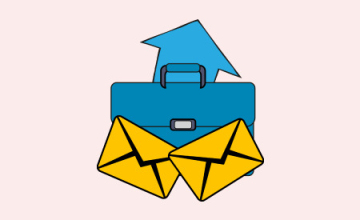

 10 november 2022, 10:00
10 november 2022, 10:00
 570
570

